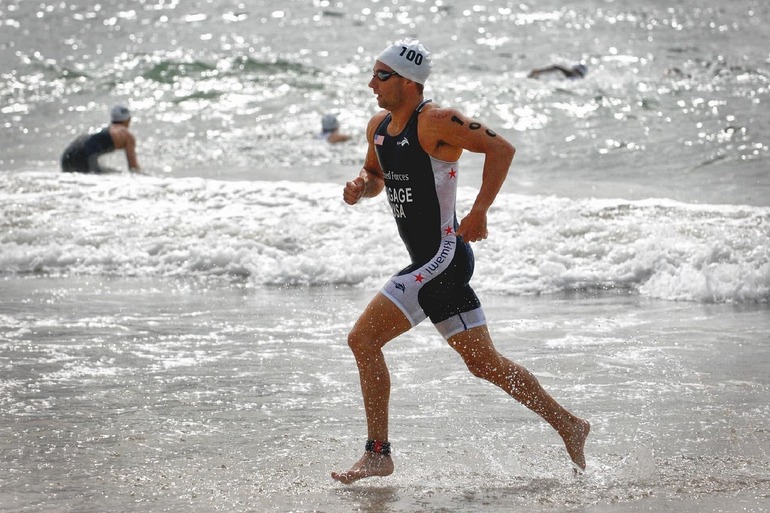The Centers for Advanced Orthopaedics is redefining the way musculoskeletal care is delivered across the region with locations throughout Maryland, DC, Virginia and Pennsylvania.
Shoeless Running—Risks vs. Benefits

Written by Daniel J. Cuttica, DO
Published in the June edition of YourHealthMagazine
Ever since man came out of the trees to walk and run on the ground, we have perfected this form of mobility. Award-winning runners from underdeveloped regions, still run barefoot, as they had all their lives. Olympic athletes have set new world records sans footwear. But those world-class runners usually have one thing in common; they grew up and trained without shoes. Some, adapted to running on all surfaces out of necessity, due to poverty. They were, literally, born to run. In those cases, those people had a lifetime to build up their muscles, tendons, and calluses, and perfected a natural gait. But, is running without shoes really good for the rest of us?
Minimalist Running Pros and Cons
Recently, minimalist running has become quite popular, as shoe manufacturers cater to this trend with appealing minimalistic footwear.. Minimalist running is thought to be a compromise between shod and barefoot running—minimally protect the tender surfaces of the feet, while unencumbered by the weight and structure of running shoes. Proponents claim that, because minimalist running requires a forefoot or mid-foot strike, it should have less impact force than shod running. They feel that this should strengthen their foot and leg muscles continually, as well as achieve a more natural gait which minimize foot force and injury. The freedom and the appeal of this form of “almost” barefoot running is hard to resist for many who long for the days of running barefoot on sand or fresh grass.
The concept of converting to a more natural gait and strengthening vulnerable muscles is compelling; and clearly many have succeeded, with record-breaking evidence. However, before committing to this type of running, you have to consider if it is right for you, your lifestyle, and particularly your feet. There is no scientific evidence that minimalist running decreases the incidence of injury. In fact, because of the mid-foot or forefoot strike required with minimalist shoes, hind foot forces are likely decreased. Evidence indicates that this action has the potential to increase micro-trauma to the metatarsals, therefore increasing the likelihood of stress fractures. The pros and cons of barefoot or minimalist running need to be weighed on a highly individualized basis, by you and a physician who specializes in this area.
The Medical Reality
The risk of injury is the most important concern with barefoot or minimalist running, particularly the risk of developing of stress fractures. Most of us don’t have the life-long muscle and tendon toning; and our feet are vulnerable to the dangers awaiting minimally protected or bare feet. Injuries would greatly impact our lives. If you experience any foot pain, please consult the advice of a sports medicine trained orthopaedic foot and ankle specialist.